Category: Cumbria
-
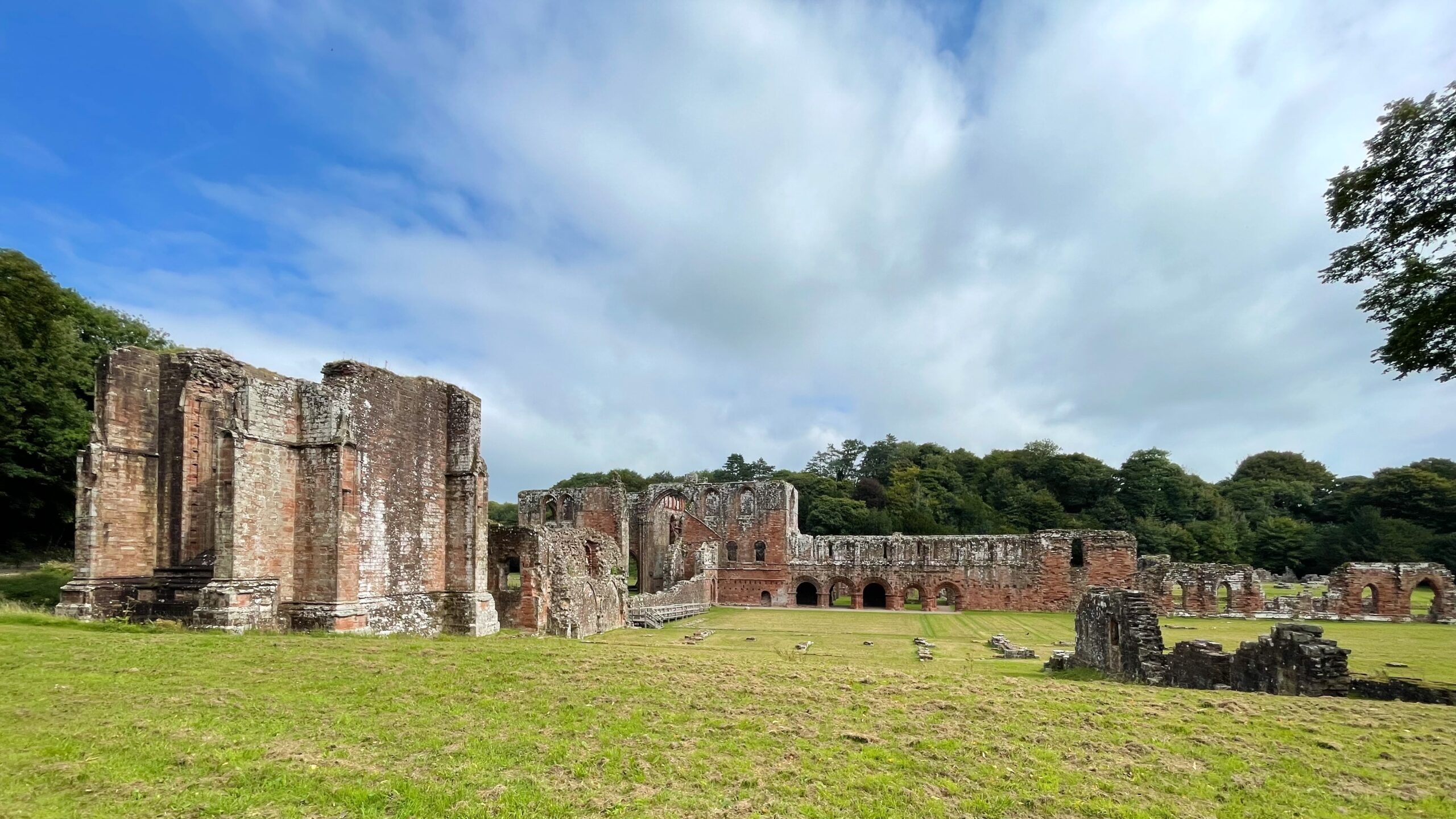
From Furness to Byland: A Monastic Odyssey
Hidden in the sombrely named Vale of Nightshade, just south of Dalton-in-Furness, stand the remains of Furness Abbey. Founded in 1123 by King Stephen, it began life as a Savigniac house before being absorbed into the Cistercian order in 1147, when the Savigniacs collapsed under the weight of their own mismanagement. By the time of…
-
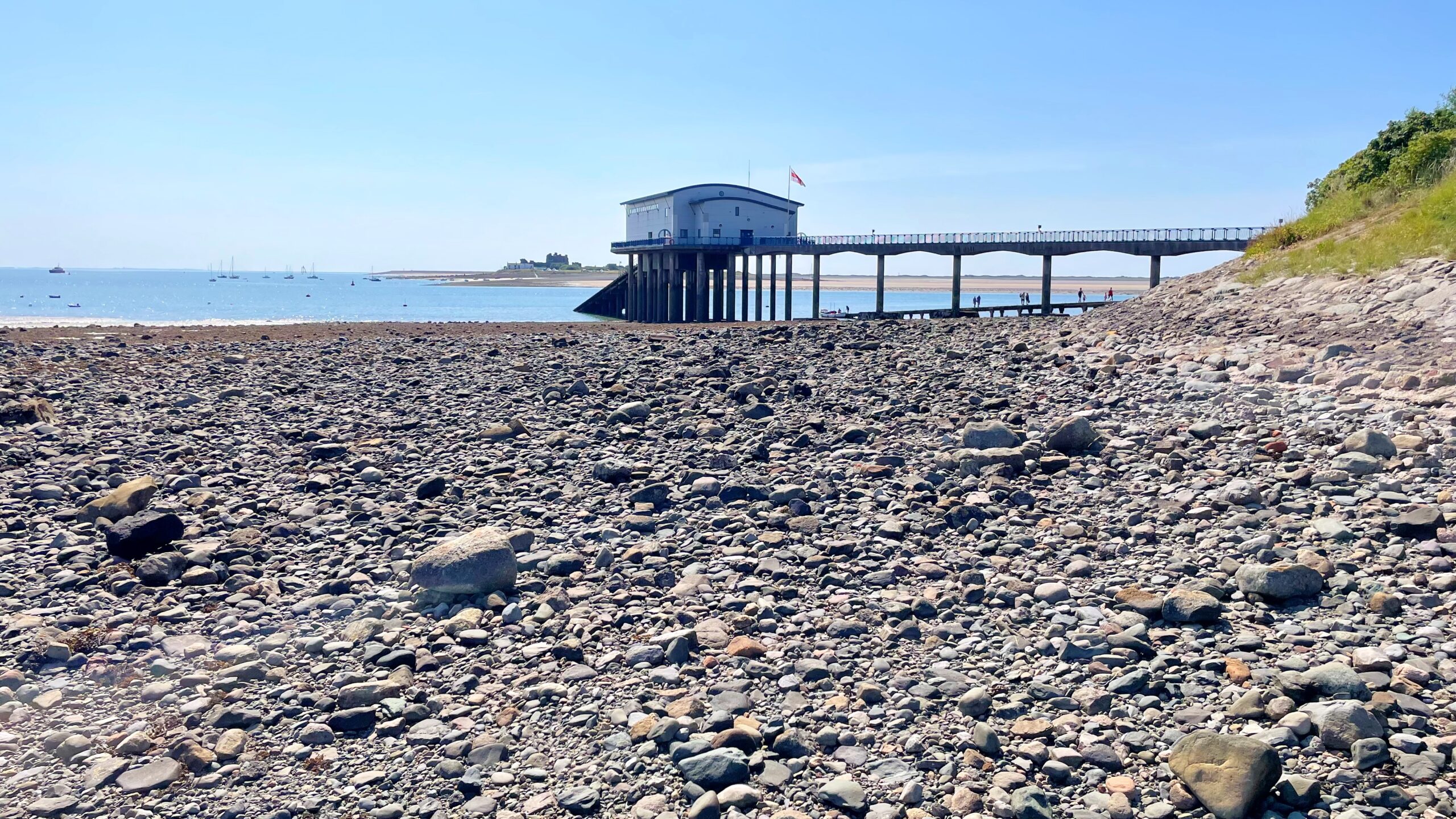
Roa Island, the RNLI and a Measure of Humanity
To Roa Island, once a true island until a stone causeway tethered it to the mainland in 1847. That same causeway carried the Furness Railway to a deep-water pier, where steamers departed for Fleetwood. The trains and steamers are gone, but today Roa Island still looks out to sea, its ferry carrying passengers across to…
-
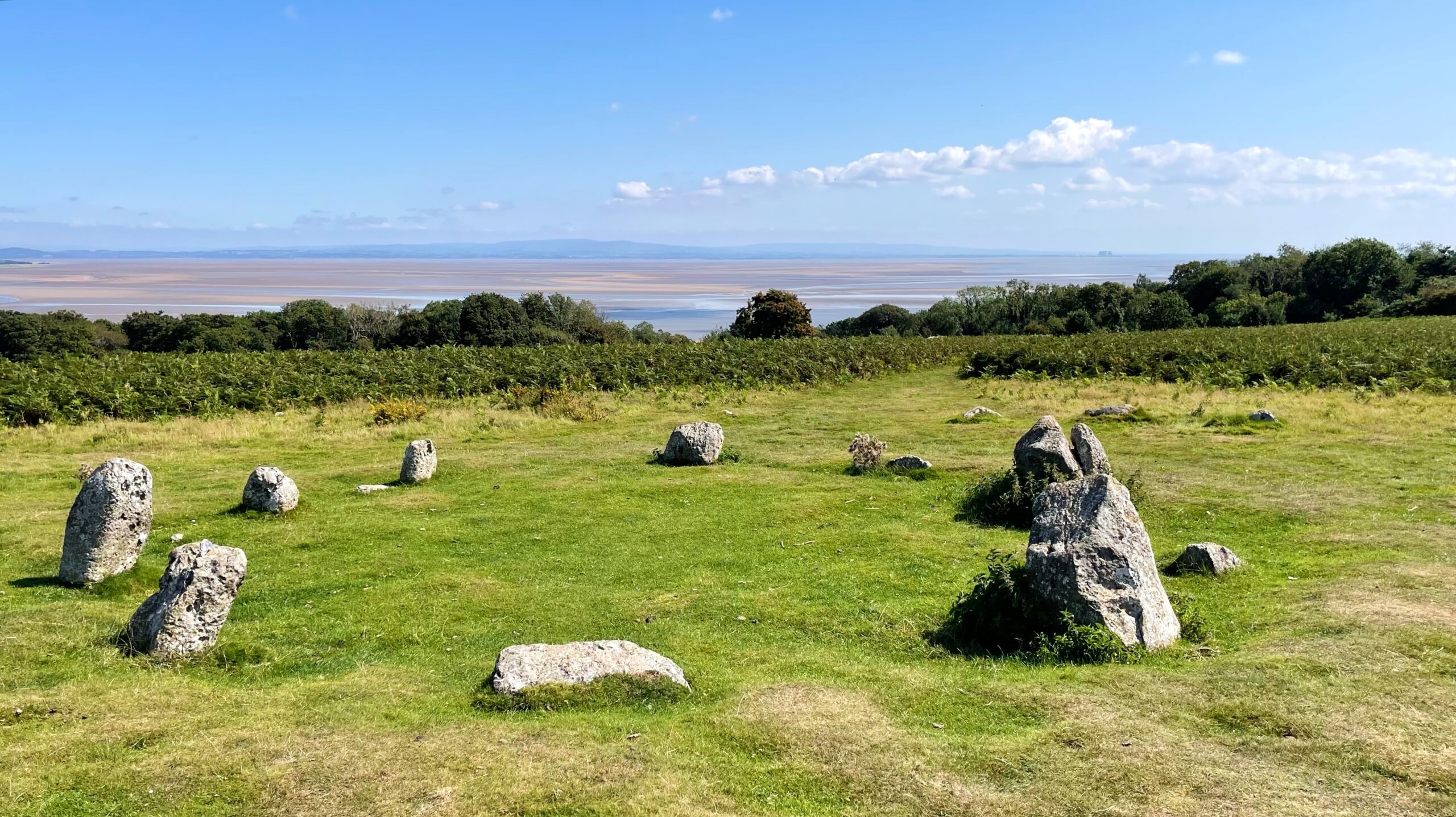
Birkrigg Common Stone Circle
Of the roughly 250 stone circles known in England, only 15 are classed as concentric, formed of both an inner and an outer ring. The most celebrated examples are, of course, Stonehenge and Avebury. Less famous, but striking in its own right, is the Birkrigg or Sunbrick stone circle, also called the Druids’ Circle. It…
-

The Weather According to a Dead Bishop: Forty Days of Rain
Climate change deniers blame nature for everything. Heatwaves? Natural. Floods? Just weather being weather. Human emissions? Nothing to see there. Meanwhile, chemtrail believers take a different route entirely. For them, extreme weather is no accident but a masterstroke of global puppet masters, quietly spraying secret cocktails into the sky to bend the climate to their…
-

Smardale Bridge — Drovers, Rebels, and Spies
Looking upstream along Scandal Beck above Smardale Bridge, where an old drovers’ track once crossed the river. The packhorse bridge here, likely built in the 18th century, stood beside a pub known as the Scotch Inn. It served the Scots drovers who passed this way with herds of cattle and sheep, bound for the markets…
-

The Bishop’s Stones
Up on the bleak moorlands of the North Pennines today, straddling the borders of Durham, Cumbria, and Northumberland. A landscape of peat groughs and bogs thick with sphagnum moss, stirring memories—not necessarily unpleasant, just good times when I was fit enough to fly over this stuff without hesitating. Judging by the abundance of medicated grit…
-
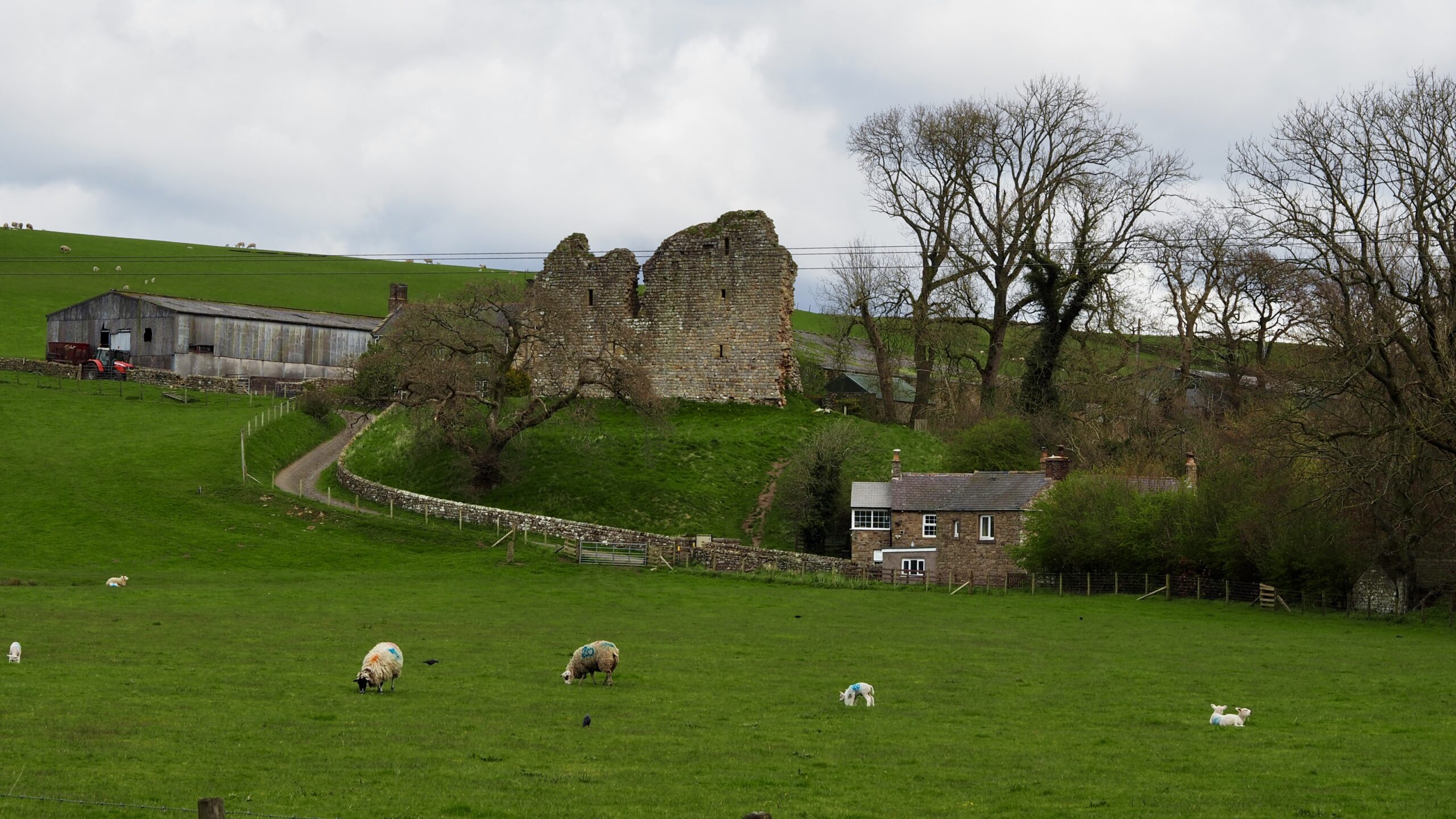
Thirlwall Castle
An excess of photographs from the recent walk along Hadrian’s Wall. However, not all remnants were of Roman origin. This ruin is distinctly medieval. Erected in the 1300s, Thirlwall Castle served as a fortified home for the Thirlwall family. Built from robbed stones from the Wall, its stout walls shielded them from Scottish incursions during…
-
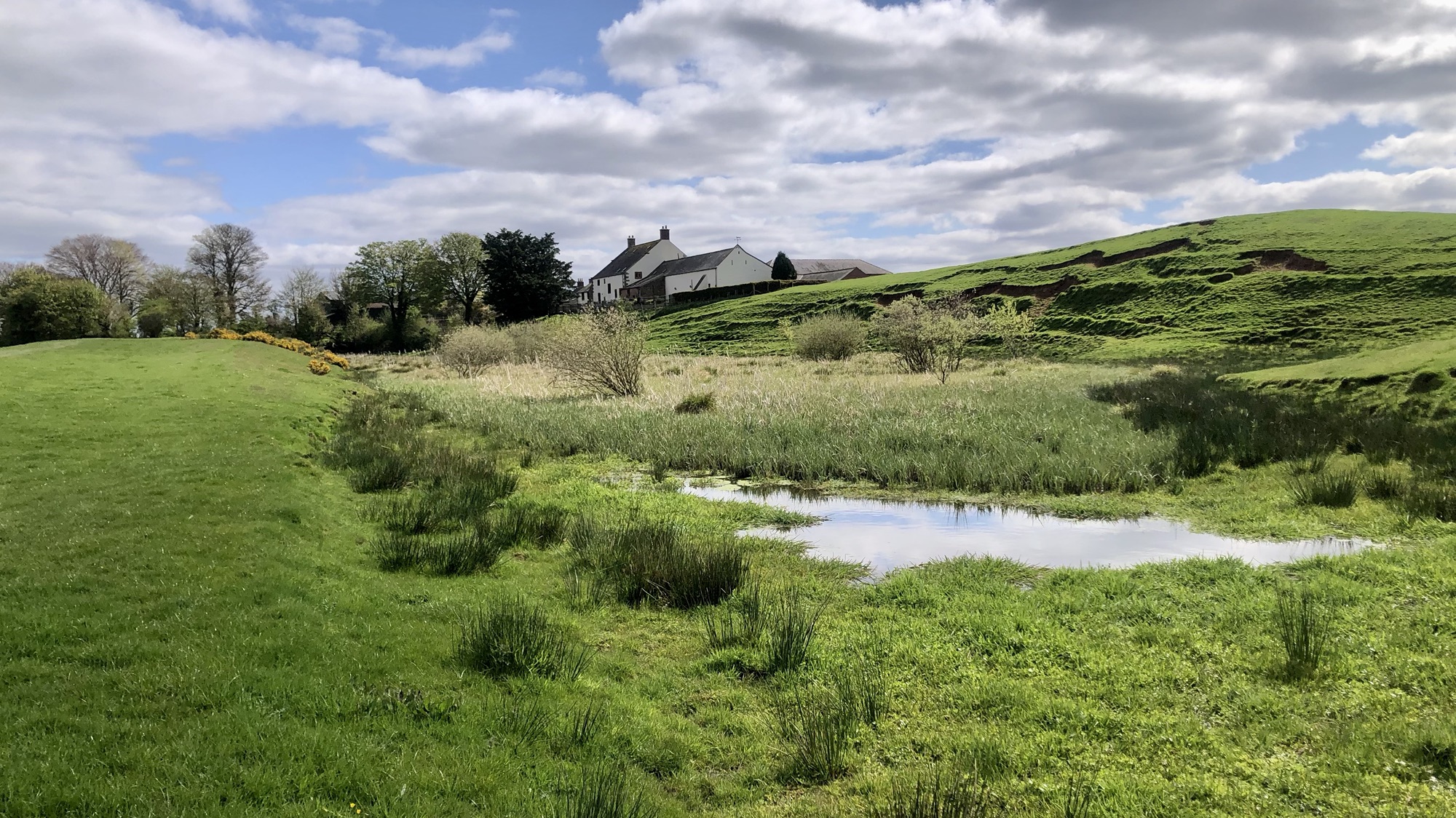
Bleatarn
Day 2 of our six day crossing of the north of Britain isthmus following the route of that wonderful piece of Roman civil engineering that stretches across North Britain isthmus from the Solway to the Tyne, Hadrian’s Wall. Yesterday we had caught the bus from Carlisle to Bowness, with the intention of walking back to…
-
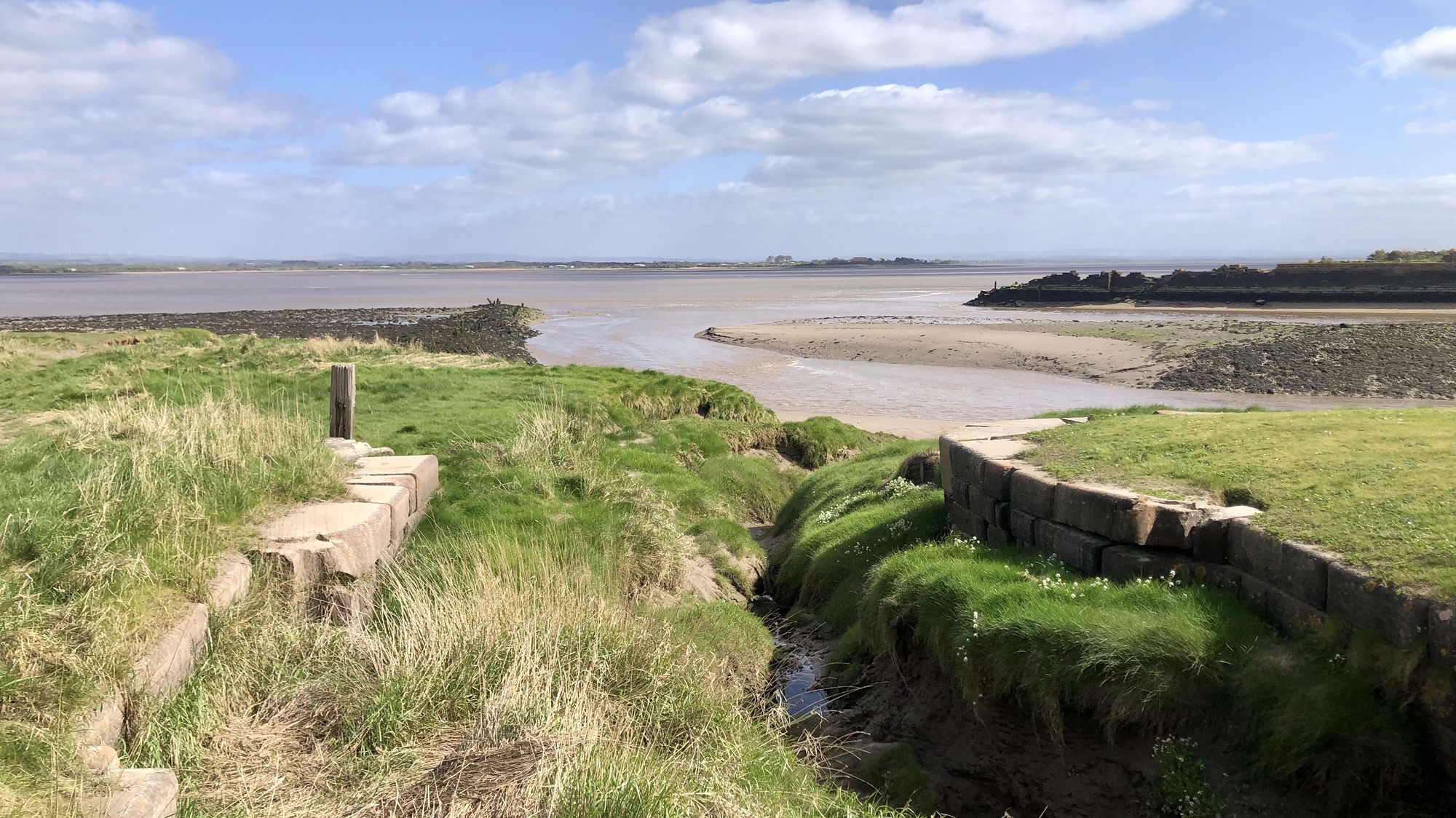
Port Carlisle
In the early 18th century, there were high aspirations to transform the Solway coast into ‘a second Liverpool.’ A canal was built, connecting the coast to Carlisle, and what was once a smattering of houses burgeoned into a flourishing village. This canal facilitated maritime navigation into Carlisle. The photo shows the entrance to the canal…
-
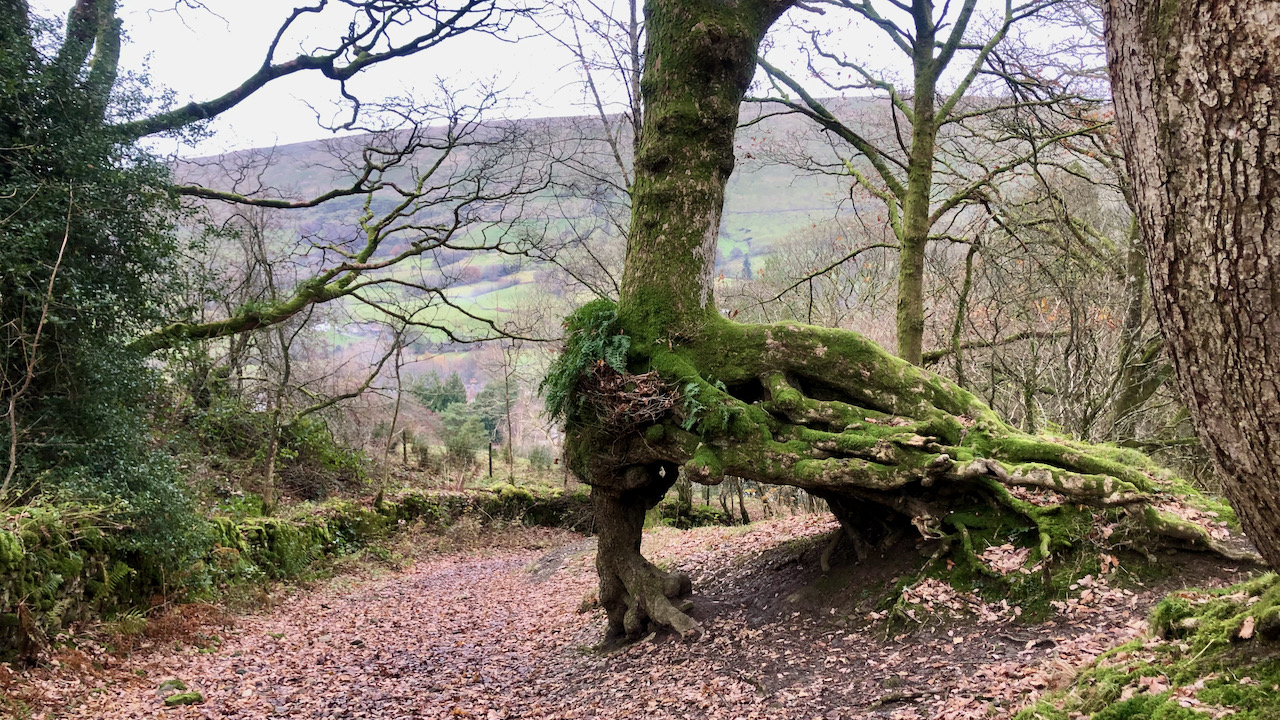
Wishing Trees and Megger Stones
A quandary with today’s photo, taken yesterday because I’m still a day behind. A walk from Dent village in the “hidden valley” of Dentdale up the looming Great Coum. Take your pick: a manmade feature with no history I could find, or a natural attraction draped in a legend supposedly centuries old. I’ll include both.…